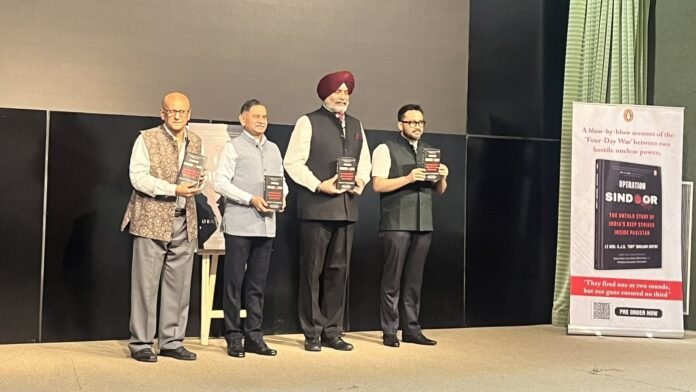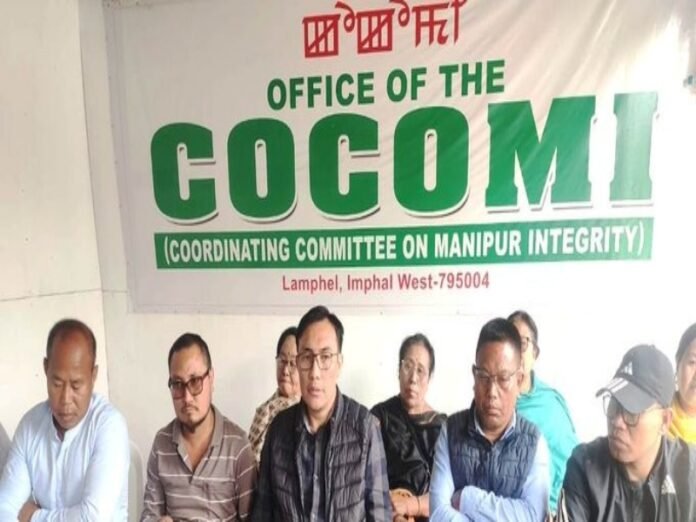India Successfully Executes ‘Operation Sindoor’ with Strong Inter-Department Collaboration
In a significant military move, India successfully carried out ‘Operation Sindoor’ earlier this year, showcasing excellent teamwork between the Indian Army, Navy, Air Force, and various government departments. Retired Lieutenant General K.J.S. Dhillon praised the close cooperation among the military services, the External Affairs Ministry, the Home Ministry, and other agencies. He highlighted how paying attention to even small details — from choosing targets to gathering intelligence — played a key role in the operation’s success.
Lt Gen Dhillon recently published a book titled Operation Sindoor: The Untold Story of India’s Deep Strikes Inside Pakistan. The book gives an inside look into India’s bold multi-domain attack across the Line of Control (LoC). During the book’s launch, Army Chief General Upendra Dwivedi emphasized that the operation wasn’t just about the 88 hours of active fighting. Instead, it involved careful planning and decision-making that went on for a long time before and after the actual strikes.
“This was a complex process involving constant discussions on when to start and stop, and how to wisely use resources,” Gen Dwivedi explained.
In his book, Lt Gen Dhillon traces the entire journey from the buildup after the Pulwama attack, to the specific reasons for choosing targets like Pahalgam, and finally to the implementation of Operation Sindoor in early May. He talks about the detailed planning, including selecting the right weapons for each target and ensuring surprise and speed in the strikes.
The book also covers the aftermath — Pakistan’s response and India’s subsequent military actions, especially in the early hours of May 10. Lt Gen Dhillon expressed pride in documenting these crucial moments, emphasizing the importance of precise planning, execution, and the strategic use of weapons.
Overall, the successful operation demonstrates India’s enhanced military capabilities and the importance of seamless coordination between different government and military agencies. It marks a significant chapter in India’s defense history, showing how careful planning and teamwork can ensure national security.



